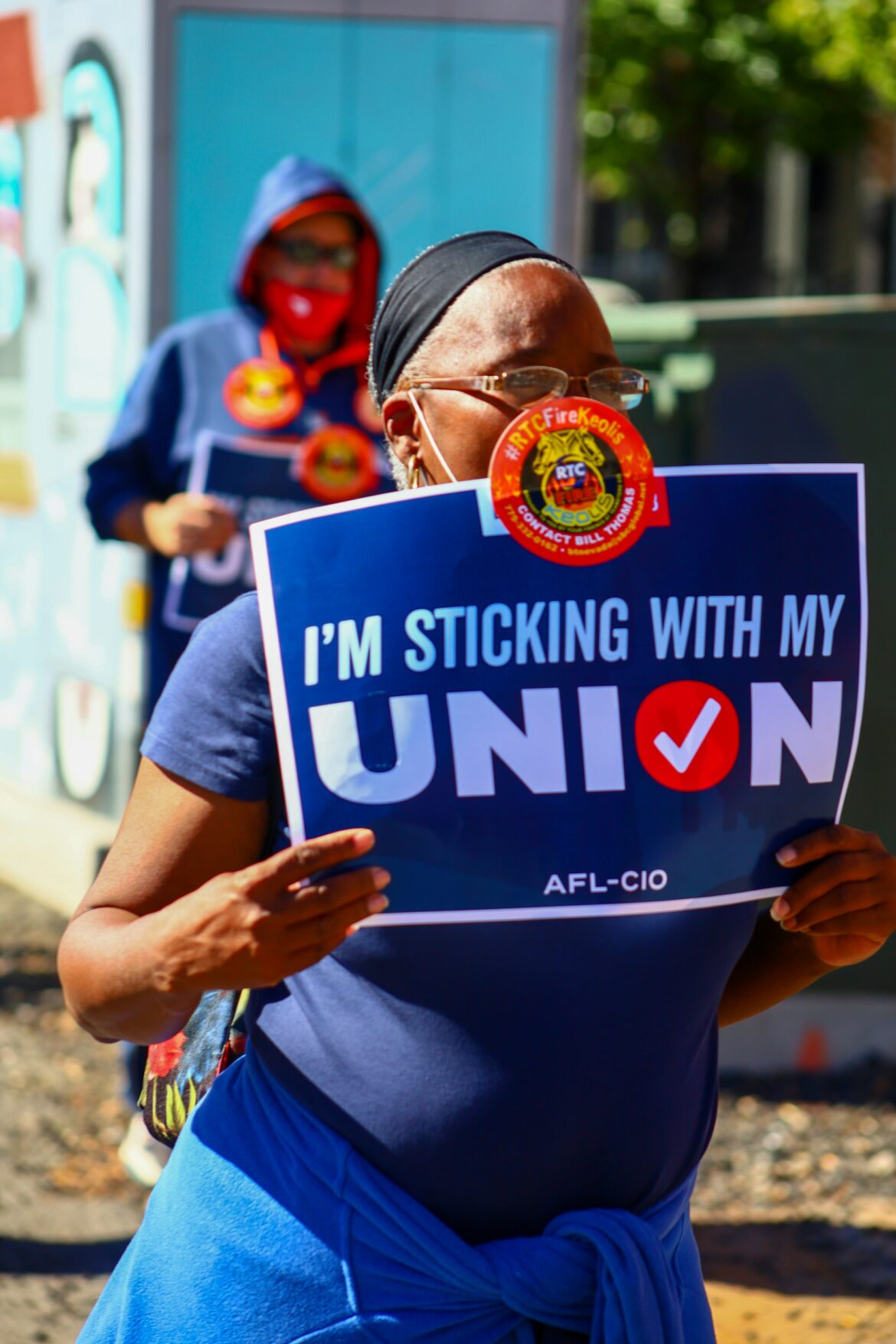Nearly 40 per cent of employers in the United States say they are not prepared at all to respond to union organizing activity, despite one in four experiencing such efforts in the past two years, according to a new survey.
The Littler 2025 Labor Survey polled nearly 800 in-house lawyers, HR professionals and business executives, including 42 per cent in C-suite positions. The findings reveal significant preparedness gaps as the labour relations landscape shifts.
Only nine per cent of employers without unionized workforces feel “very prepared” to effectively respond to organizing activity, according to the survey conducted in June and July 2025. A third say they have done nothing to prevent or mitigate organizing risk, and less than a quarter have conducted training for frontline managers.
The preparedness gap comes as union organizing tactics become more aggressive. Among employers with unionized workers, 42 per cent say union leaders have become more confrontational in the past year.
Union win rates climb sharply
The stakes for unprepared employers are rising. The union win rate in elections conducted by the National Labor Relations Board reached 78.3 per cent in 2024, up from 68.6 per cent in 2014, according to Bloomberg Law data cited in the report.
Nearly two-thirds of survey respondents whose organizations had a petition filed with the NLRB said the union won the election, with six per cent still pending.
Of respondents at organizations without unionized employees, 13 per cent saw a petition filed with the NLRB over the past two years. That figure jumps to 41 per cent for large employers with over 10,000 workers.
Large employers more prepared
Large organizations demonstrate significantly higher preparedness levels across most measures. Sixty-one per cent of employers with over 10,000 workers have updated their labor relations strategies in the past two years, compared with 38 per cent overall.
However, even large employers show gaps in critical areas. Only 39 per cent have prepared strategic and economic analyses to assist with bargaining, which the report describes as critical to effective negotiations.
Among all employers with unionized workforces, just 18 per cent feel very prepared to handle escalated collective bargaining tactics such as strikes or walkouts. Only 44 per cent have developed a strike or work-stoppage contingency plan.
New organizing drivers emerge
The survey identifies work-life balance as the top driver of organizing activity, cited by 38 per cent of employers who experienced union efforts. This was followed by desire for input into business decisions at 31 per cent and job security at 29 per cent.
Union organizers are increasingly using technology and digital platforms. Among employers that experienced organizing in the past two years, 41 per cent saw organizers use mass electronic messages and 36 per cent witnessed social media campaigns.
Nearly a quarter said union organizers filed unfair labor practice charges with the NLRB, and 19 per cent experienced public demonstrations, rallies or picketing.
Employee engagement programs underutilized
While 96 per cent of respondents say their organizations have employee engagement programs, only 40 per cent have implemented employee voice programs designed to give workers forums to share opinions and concerns.
“Nearly every big union campaign today promises to give employees more of a voice in the workplace,” said Brooke Niedecken, co-chair of Littler’s Labor Management Relations Practice Group, in the report. “Establishing employee voice programs can be an effective way for employers to improve their operations and give employees the engagement they want.”
The survey found 77 per cent of organizations have recognition or rewards programs, 72 per cent have manager training programs, and 68 per cent have mental health and wellbeing programs.
Generational and external pressures
Fifty-five per cent of respondents agree that the growing number of Gen Z employees has increased activism on social and political issues in the workplace. Nearly half say Gen Z workers have a greater desire for input into strategic business decisions.
Forty-three per cent believe political polarization and divisiveness are having a strong or moderate influence on their organization’s corporate culture. Thirty per cent say media coverage of employee dissatisfaction and union influence is impacting culture.
Alignment gaps between HR and legal
The findings reveal a lack of alignment between HR and in-house counsel respondents on preparedness measures. Legal professionals were more likely than HR counterparts to say their organizations had developed a contingency plan (51 per cent versus 38 per cent) and prepared analyses for bargaining (39 per cent versus 28 per cent).
“Organizations may have preliminary plans in place, but these plans may not have the teeth to stand up to an actual work stoppage or complicated negotiations,” said Tanja Thompson, co-chair of Littler’s Labor Management Relations Practice Group, in the report.
Sector differences
Manufacturing, healthcare and retail/hospitality organizations showed higher preparedness levels than the overall respondent base. However, gaps persist even in traditionally unionized sectors.
Only 27 per cent of retail/hospitality employers have developed a strike contingency plan. Just 25 per cent of healthcare and 21 per cent of retail/hospitality employers have prepared strategic analyses for bargaining, compared with nearly half of manufacturers.
Most survey respondents (93 per cent) were based in the U.S., with seven per cent located elsewhere but with organizations that have U.S. operations. Nearly two-thirds (63 per cent) are with organizations that do not have any unionized employees.
The survey included respondents from various industries, with healthcare (15 per cent), manufacturing (12 per cent) and retail/hospitality (11 per cent) most represented. Company sizes ranged from one to 100 employees (16 per cent) to over 10,000 employees (17 per cent).
Read the full report here: https://www.littler.com/sites/default/files/2025-09/2025_littler_labor_survey_report.pdf






